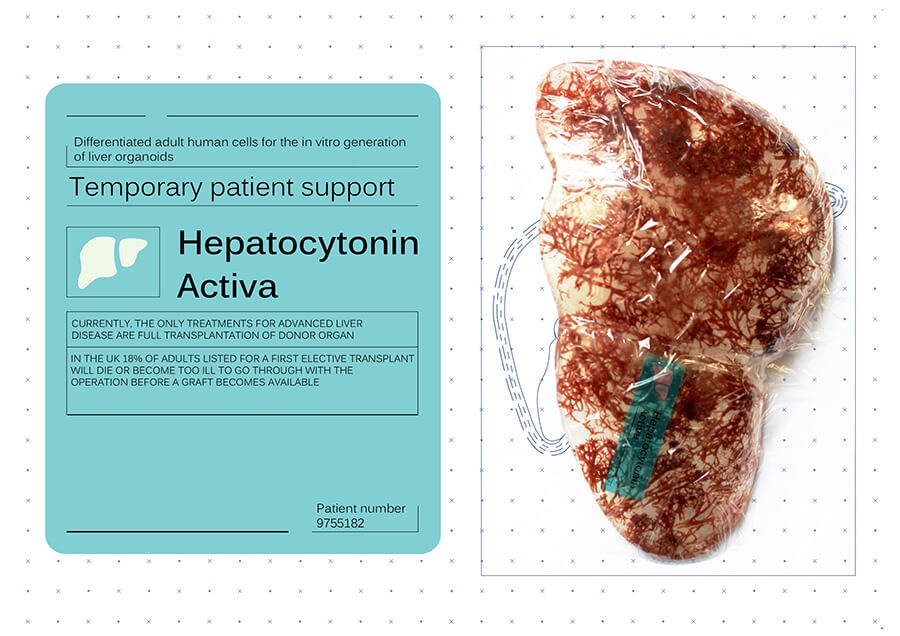Text by CLOT Magazine

The SPARE PARTS exhibition at the Science Gallery London is now open and will run until May 12, 2019. As traditional for the gallery, the exhibited projects explore the merge of art, science, ethics and technology, with this session focusing on human repair and alteration. The showcased works consider a wide range of aspects stretching from the emotional and psychological aspects of living with a replacement organ, showcase possible further paths in organ transplantations, and present new advancements in tissue regeneration processes.
Developed alongside scientists from King’s College London, the free exhibition and accompanying events programme invite visitors to question whether ‘spare parts’ can exist outside the biological body or whether our bodies can be a sum of independent parts that are regenerated, enhanced, donated or altered. The exhibition offers an insightful collection of creative outputs that vary in the medium and approach of scientific research interpreted by designers and artists.
With The Self-Donor Workshop, designer Tina Gorjanc updates the medical torso to reflect on future organ bioengineering and transplantation possibilities. Whilst customised human organs are still far from being a reality, it may soon be possible to engineer organoids that would improve certain bodily functions. Gorjanc presents a vision of a bio-engineering boutique where human stem cells could be sampled and cultured until they have grown into simplified organs. Each cultured tissue is given a biopharmaceutical label and name based on the organ it is to be grafted onto.
Therefore, the packaging and display of biological matter as consumable goods aim to address our current view of the human body in this age of quick technological advances. It reflects our desire as a capitalistic society to try linking biomedical sciences with the aggressive commercialization that is invading nearly every sector of human life.
The speculative scenario presented by the designer aims to emphasize the need to update the anatomical torso as an educational tool which fails to offer general biological insights to the learners. The set-up of the torso within the display also hints at a tailoring workshop environment that speculates on the emerging new profession which merges the field of medicine, biological engineering and 3D design.
Another aspect of the project looks at the requirements of standardisation of medical and bioengineering research that is currently dictating the acceptance of new techniques and materials. By designing a made-to-measure top-up toolkit for the most commonly mass produced medical torso model it aims to raise questions looking at the contradictory notion of each human body being a totally diverse and individual entity.






